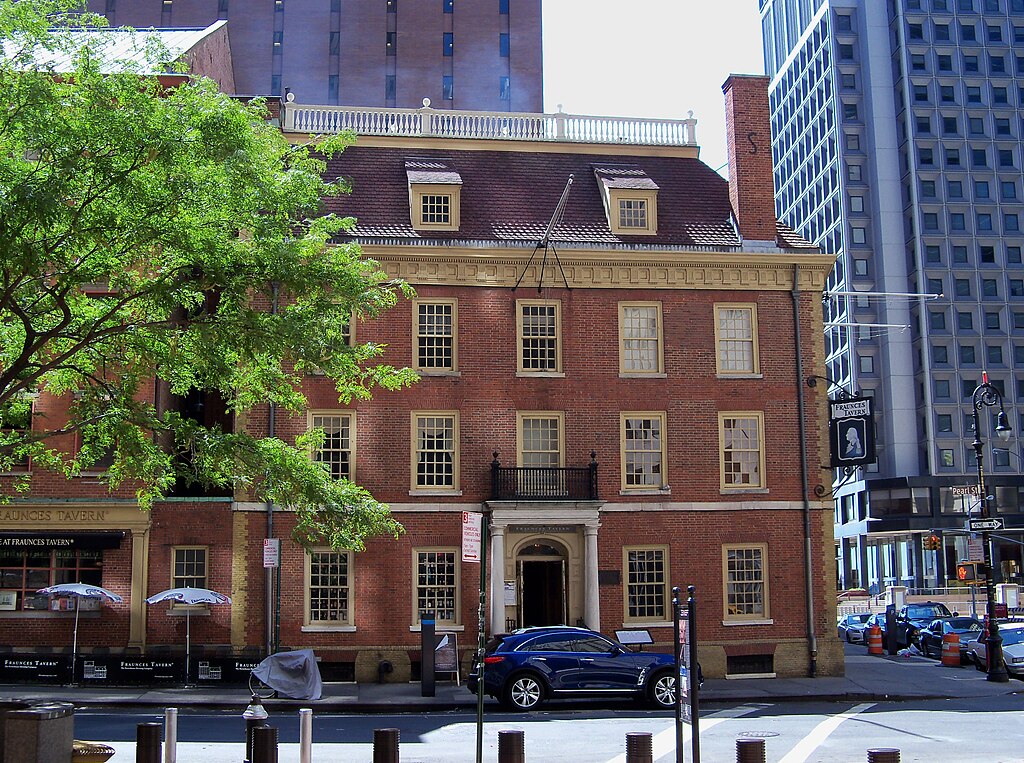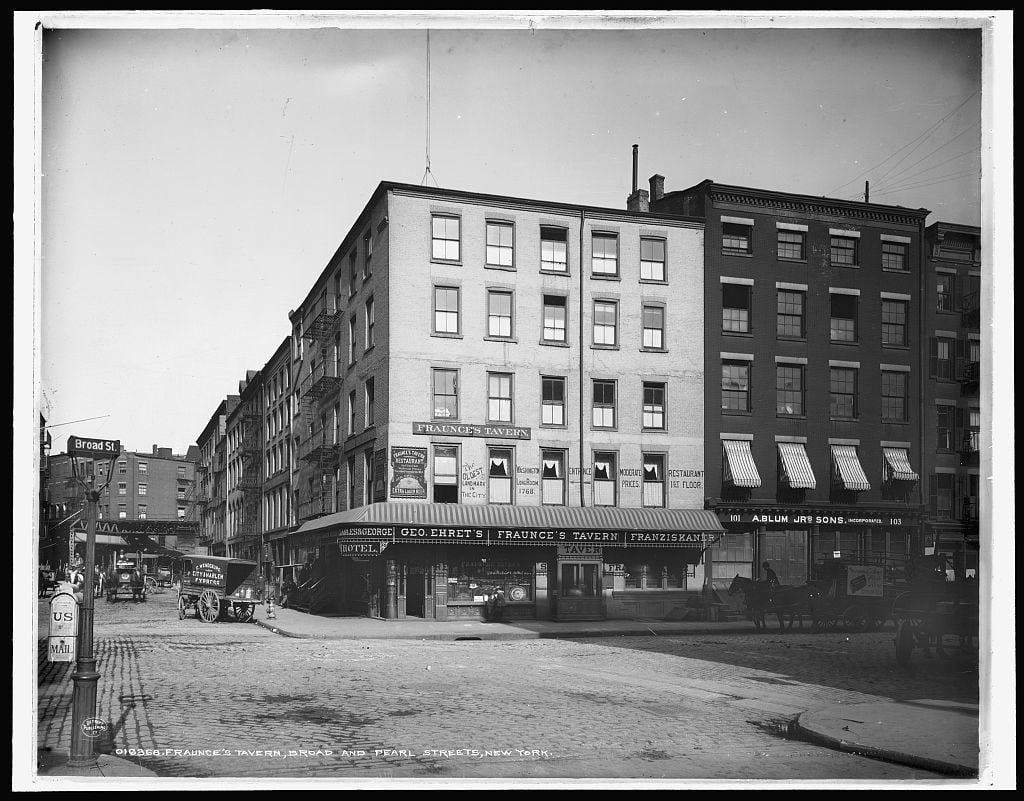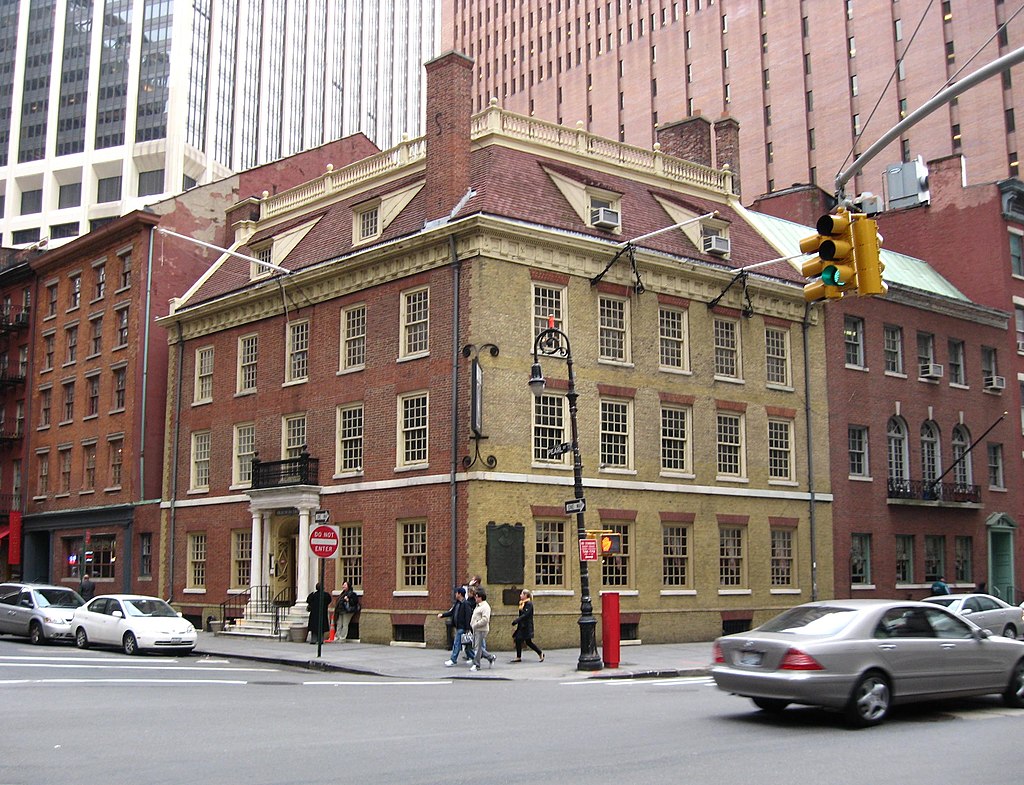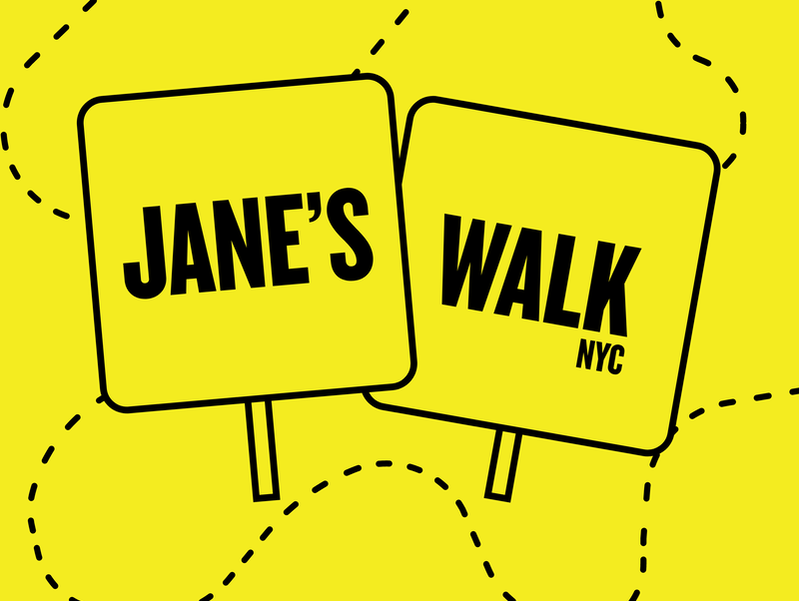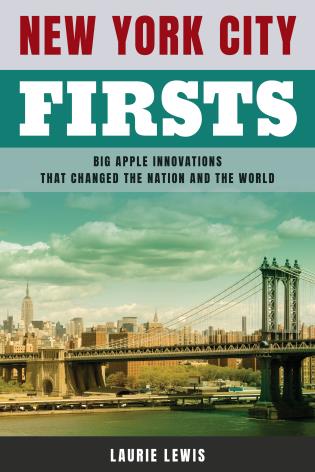|
By Laurie Lewis Fraunces Tavern, a restaurant and museum in the Financial District, is often considered one of the oldest structures in Manhattan. In fact, its history is too complicated to summarize in so few words. The area occupied by Fraunces Tavern and points east was originally under water. In 1689, landfill in this section of the East River expanded the buildable area of the British colony. Thirty years later, Stephen DeLancey built a large, elegant house on the corner of Pearl and Broad Streets. It had several residential and commercial occupants before Samuel Fraunces bought the building in 1762 and opened a tavern, which he initially called the Queen’s Head. During colonial times and the early years of the United States, public buildings like taverns and coffee houses frequently served as meeting halls and places to conduct business. Here are some of the events that took place at Fraunces Tavern:
With such a celebrated history, Fraunces Tavern should have been spared the next chapters in its story. After the federal government relocated to Philadelphia, the building became a boarding house. Three fires between 1832 and 1852 destroyed much of the original structure. Each time it was rebuilt, the architectural integrity took a beating. In a nod to history, however, the building continued to sport a Fraunces Tavern sign. By the end of the nineteenth century, the once elegant colonial house was no longer recognizable. Hoping to return Fraunces Tavern to its former state, the Sons of the Revolution in the State of New York bought the building in 1904. They hired architect William Mersereau to restore it—no easy task, as not even a single picture of the original home existed. Mersereau selected details from other structures of the period to create what he assumed the tavern might have looked like. As work proceeded on the restoration, a few original details emerged. For example, when the workers stripped away nineteenth-century additions, they discovered that the Broad Street side of the building had yellow bricks, the Pearl Street side red bricks. This became the color scheme of the reconstructed Fraunces Tavern. In 1965, the recreated Fraunces Tavern was one of the first buildings that the New York City Landmarks Preservation Commission designated a landmark, assuring it a long life. But old buildings nearby were under threat of being replaced by high-rise office towers. Historic preservationists rallied to save the Fraunces Tavern block—a square block bound by Pearl Street, Broad Street, Water Street, and Coenties Slip. Eleven of the sixteen buildings in this strip dated from a five-year period beginning in 1827, when trade through New York Harbor led to new commercial construction in the area. The Landmarks Preservation Commission designated the Fraunces Tavern Block a New York City Historic District in 1978. Fraunces Tavern and the buildings on its block are a throwback to earlier times. They recall the days when New York was a British colony; when the city served as the capital of a new country experimenting with a novel system of government, democracy; when the surrounding waters made New York City a center of trade. In the Financial District, the first area of the city to be developed, the old buildings may be overshadowed by the newer ones, but history is still visible. See the Fraunces Tavern Block on Jane’s Walk Every year during the first weekend in May, New York and other cities across the globe celebrate Jane’s Walk. Named for long-time New Yorker and urban activist Jane Jacobs, the weekend consists of free tours in all five boroughs. In New York, the Municipal Art Society organizes Jane’s Walk. This year, like last year, I’ll be leading a walk called Financial District: It Happened Here First. Based in part on my book New York City Firsts: Big Apple Innovations That Changed the Nation and the World, this Jane’s Walk includes Fraunces Tavern and its historic surroundings. Among the highlights:
To register for this tour and to see the complete Jane’s Walk roster, go to https://www.mas.org/janes-walk-nyc-2024. Do you like New York history? Trivia? Then New York City Firsts: Big Apple Innovations That Changed the Nation and the World by Laurie Lewis is a book for you. It tells about more than 300 New York originals, including America's first restaurant, first suburb, and first recorded murder trial. Find out more about the book, including links to buy it, at www.nycfirsts.com. We are no longer scheduling public tours that are open to anyone, but we are available for private tours. If you would like ideas for private tours, please see the Tours section of this website. Comments are closed.
|
Archives
April 2024
|
